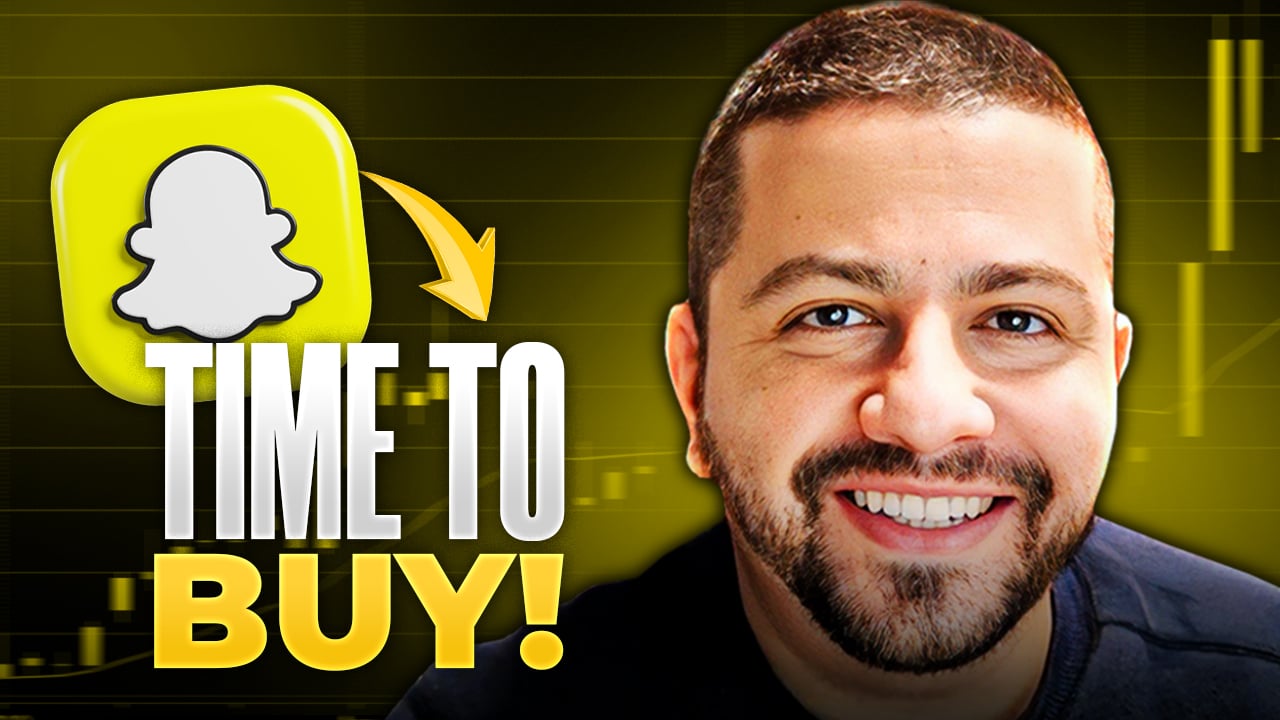Instagram has been a thorn in the side of Snap (SNAP 0.18%) for several years, copying features from Snapchat and growing them faster by leveraging its existing user base. Instagram Stories reached 500 million daily active users at the start of the year. Snapchat just crossed 200 million users in June. Instagram's latest effort, Threads, may be yet another threat to Snapchat.
But Snap investors may have more to worry about than Facebook making yet another clone of its most popular features. Several investors have expressed concern about the rise of TikTok -- a short-form viral video app -- and its impact on Snap's user growth and engagement. While TikTok is currently focused on more public sharing compared to Snapchat's private sharing, Bank of America/Merrill Lynch analysts wrote in a recent note to investors, "We think there is some risk of TikTok making product changes that move closer to Snap's core functionality."
On top of that, mobile media start-up Quibi will debut next spring with premium content comparable to Snapchat's Discover section. If successful, the launch could put a damper on one of Snap's strongest ad products: 6-second commercials. And as Snap tries to push further into media creation and curation, both Quibi and TikTok stand in its way to attracting viewers.

Image source: Getty Images.
Competing for engagement
Snap has long touted its strong user engagement, with average users spending over 30 minutes per day on Snapchat. That number has held steady as Snap has grown its user base and expanded its global reach.
But there's only so much time people spend looking at and creating videos and photos on their mobile devices. TikTok offers a similar creative experience as Snapchat, albeit with a different, more public sharing mechanism. Its endless feed of short 15- to 30-second videos is also very engaging. If TikTok moves to clone some Snapchat features, it could leverage a sizable user base to steal engagement that would otherwise go to Snap. That's exactly what Instagram did.
The competition for users' attention on mobile is getting crowded, and Snap is challenged to differentiate itself beyond AR filters and one-to-one sharing. And while it's a standout in those areas, photo and video messaging has proven a challenge for anyone to monetize. Snap's sponsored filters products are now buried in a long line of filter options for users creating photos and videos, and there may not be as much room to grow that ad product as some of its others (like 6-second commercials).
TikTok is still in the early days of monetization, focusing on in-app purchases, but it will certainly compete with Snap for advertising dollars as it ramps up its ad products. Parent company ByteDance reportedly generated somewhere between $7 billion and $8.4 billion in revenue during the first half of the year through in-app purchases and advertising. For comparison, Snap generated just $700 million in the first six months of 2019.
Can Snap become a mobile media powerhouse?
Snap is trying to differentiate Snapchat and increase engagement on its Discover platform through Snap Originals. And while it's had a good amount of success with them so far, it may become more challenging going forward after it's picked the low-hanging fruit. Not to mention the competition from TikTok -- which has signed some big content deals recently -- and forthcoming mobile-focused streaming app Quibi.
Quibi is developing shows similar to Snap Originals, but with a significantly larger budget. It's signed some big-name actors and directors with a budget of $1 billion. Snap spends just a few million dollars on its Originals.
Of course, with premium content comes a premium price. Quibi will cost $5 per month for an ad-supported version of the service, or $8 per month without ads. The media start-up is looking to partner with wireless carriers and other distributors, and signed its first distribution agreement with T-Mobile recently. The terms of the deal aren't public, but T-Mobile could offer a discount to its subscribers or pre-install Quibi on its phones.
Snap has the advantage that Discover is free to use. But users looking for top-tier premium content made for mobile may opt for Quibi, especially if their wireless carrier throws in a discount.
Watch user growth and engagement updates
Snap saw its user growth stagnate as Instagram grew Stories and the company redesigned Snapchat, but it's back on the right trajectory. When Snap reports its earnings result, pay close attention not only to daily active user growth, but to additional qualitative and quantitative updates on engagement. That includes Snaps created, time spent, and how its Snap Originals are doing.
Snap faces a lot more deep-pocketed competition than just Instagram these days, and it may have to step up its efforts to keep growing users and engagement over the next year.






